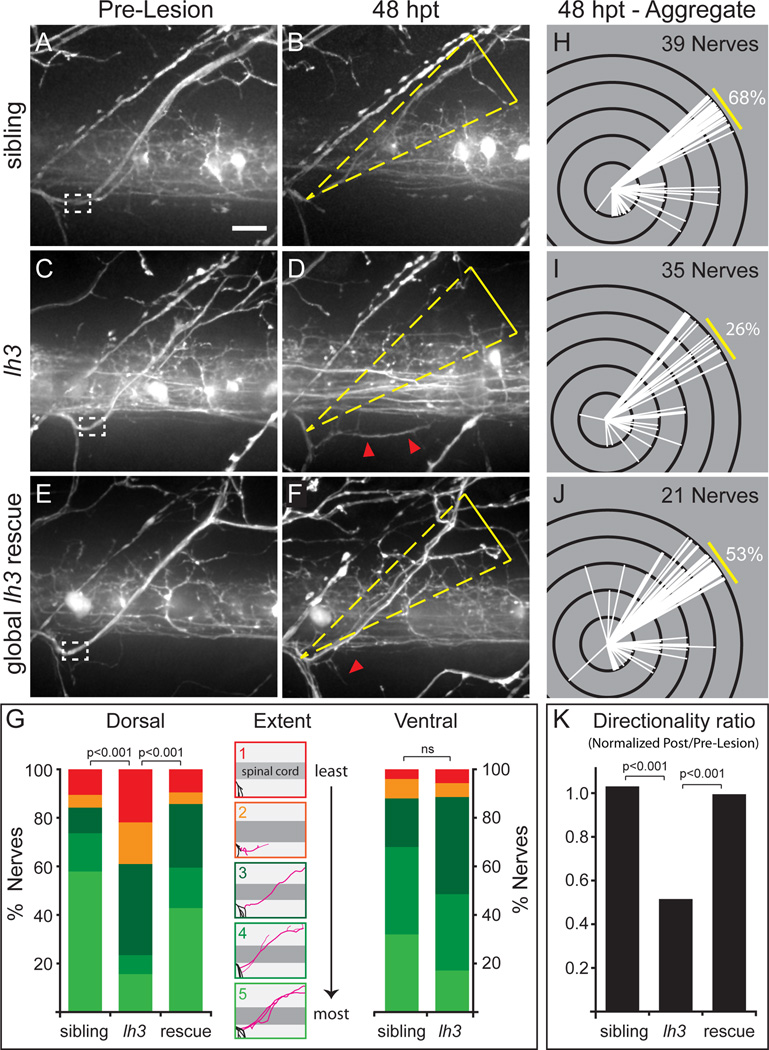Figure 3. lh3 is required for regenerative axonal growth and target-selective regeneration.
(A–D) Compared to sibling nerves (A,B) conditional lh3 mutant motor nerves (C,D) regrew fewer fascicles, and regrowth often targeted non-dorsal regions (white dashed box, transection site, yellow triangle, dorsal ROI; red arrowheads, misguided fascicles; scale bar=10µm). (E,F) lh3 expression after transection rescued this defect. (G) lh3 is required for regenerative growth across populations (wild type sibling, n=13 larvae, 39 nerves; lh3, n=13 larvae, 35 nerves; Global lh3 rescue, n=8 larvae, 21 nerves). Camera lucida tracings of regrowth “extent” categories described in Supplementary Experimental Procedures (black = uninjured axons, pink = regenerated axons). Regenerating ventral axons do not require lh3 function (sibling, n = 9 larvae, 25 nerves; lh3, n = 16 larvae, 35 nerves). (H–K) Modified Sholl analysis reveals that in comparison to siblings (H), fewer lh3 fascicles (I) regrew to the dorsal myotome. This defect was partially rescued by ubiquitous lh3 transgene expression during regeneration (J). (K) These differences were statistically significant after adjusting for developmental dorsal axon patterning in the directionality ratio.

